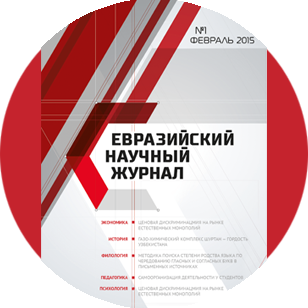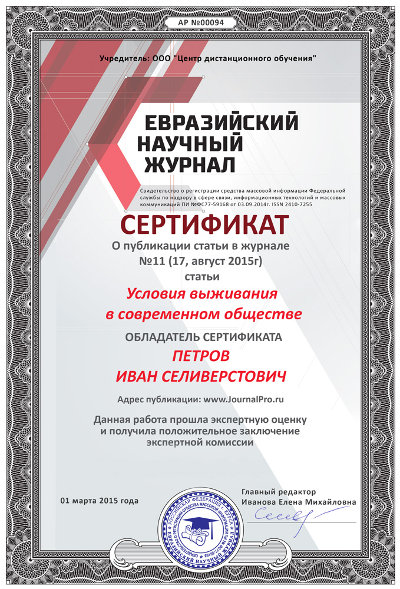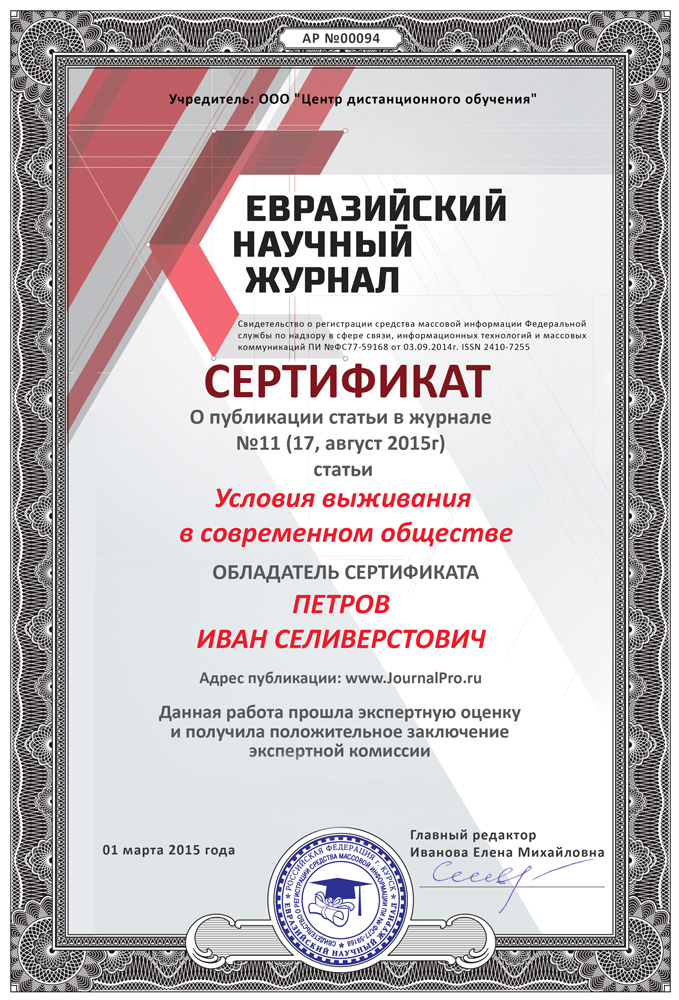Срочная публикация научной статьи
+7 995 770 98 40
+7 995 202 54 42
info@journalpro.ru
TOPONYMS, THEIR CLASSIFICATION AND TYPES
Рубрика: Филологические науки
Журнал: «Евразийский Научный Журнал №3 2021» (март, 2021)
Количество просмотров статьи: 1877
Показать PDF версию TOPONYMS, THEIR CLASSIFICATION AND TYPES
Anorkulov Sanjar Iskandarovich
teacher of German at Samarkand State Institute of Foreign Languages
Uzbekistan
Abstract: The article deals with toponyms, their classification and types with several examples.
Key words:toponyms, proper names, geography classification, types of toponyms, specificity.
Proper names are a tool for nominating an individual subject. Most of the proper names come from common nouns. Proper names have no direct connection with the concept; they do not exist separately from a specific subject. Toponymy — section of onomastics, dedicated to geographical names. Toponyms are extremely closely related to single geographic concepts and point to single objects, without naming classes of homogeneous objects. The specificity of the names of geographical objects due to several reasons. First, the reason is the secondary nature of the linguistic elements that make up the toponym. Secondly, this is caused by the very long existence of most of the toponyms. Onomasiological vocabulary of any language is a large-scale macro system, or a system of systems, which, in turn, unite all the many subsystems of names. Principles of toponymic system development: correlation and interaction of various system elements, differentiation of system elements, system integrity, extra-linguistic validity of system elements. There is no uniform approach to the classification of toponyms, and its appearance is unlikely. The material classification method proposed by A.V. Superanian seems to be the most thorough, allowing you to perform nine types of classifications, namely:
1. Classification of names in connection with the named object.
2. Classification, delimiting artificially created and naturally occurring names.
3. Classification according to the line “micro” — “macro”.
4. Structural classification of names.
5. Chronological classification.
6. Classification in connection with the motivation of names and adjacent to it. etymological classification.
7. Classification in connection with the scope of the concepts enshrined in the names.
8. Classification in connection with the dichotomy of language — speech.
9. Stylisticandaestheticclassification.
Urban names — a type of toponyms, the proper name of any intracity topographical object. Urban non-linguistic features: dependence on non-linguistic factors, unity of functions performed, system organization, availability of the official and unofficial version of the name, presence of structural — semantic grammatical formants and the possibility of fixing works of art in the texts. However, there are a number of features characteristic of urban names, namely: the semantic motivation of most urban names, a low degree of fame (in most cases), a weak connection with a dialect, a predominant monolingual, the predominance of artificial nomination and a high degree of turnover. Urban names absorb the names of various geographical objects located in urban areas, the names of the settlements within the city or on its border settlements. Thus, the urbanonimization of hydroniums, micrononyms and other types of toponyms occurs. Each urban name is the name of an intracity object created by man, and, in most cases, distinguished by its small size and small reputation. However, there is a completely opposite situation observed in urban names of megacities, since their intracity facilities are sometimes distinguished by world fame and scale. The importance of proper names in the cultural and historical aspect is beyond doubt, since the onomasiological picture of the world also reflects the cultural characteristics of each ethnic group and the character of the person who gave the name to an object.
BIBLIOGRAPHIC LIST:
1. Глинских Г.В. Топонимическая система и структурно-семантические признаки исходных апеллятивов // Формирование и развитие топонимии: сб. статей. Свердловск, 1987. С.
2. Нерознак В.П. Ономастика как составная часть лингвокультурологии // Ономастика Поволжья: сб. статей. Волгоград, 1995. С.
3. Суперанская А. В. Общая теория имени собственного. М.: Наука, 1973. 366 с.









